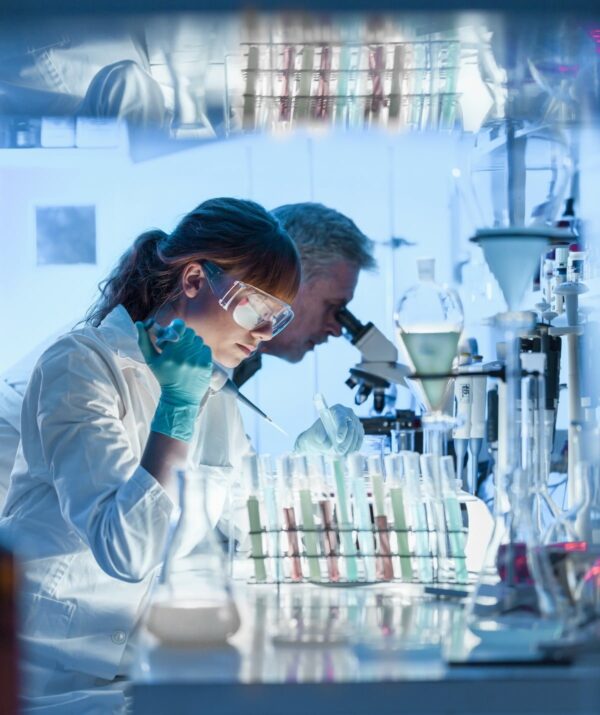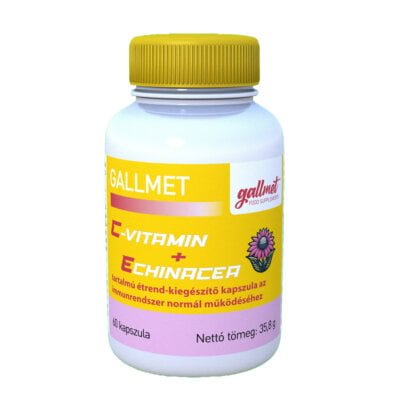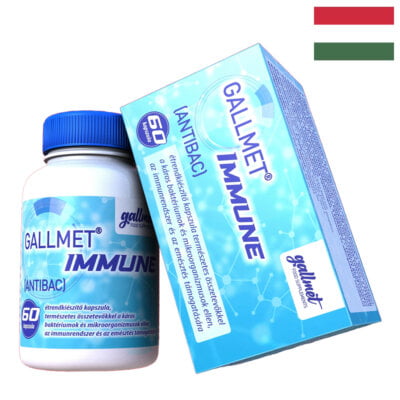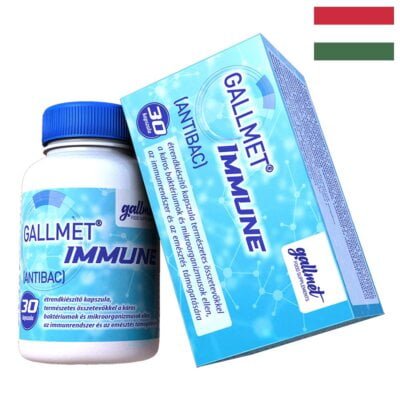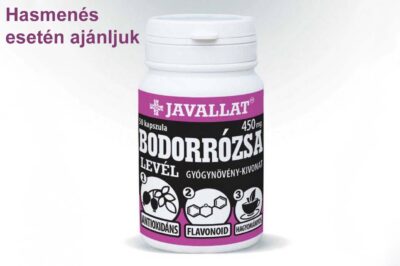Hungarian and international publications and uses of active substances
The official Hungarian and international literature provides a wide range of theoretical background, scientific studies and practical experience on the active ingredients in the product. It is mandatory for the informed consumer to provide information about what he is buying.
These information aims to provide consumers with adequate and complete information and to help them make informed and informed choices by outlining the literature on the physiological effects of bile acids and herbal remedies. This information has been prepared in full compliance with the general provisions of Directive 2011/83/EU of the European Parliament and of the Council on consumer protection, the provisions of Directive 2002/46/EC of the European Parliament and of the Council on the labelling of foodstuffs and Directive 2005/29/EC of the European Parliament and of the Council prohibiting unfair business-to-consumer commercial practices, bearing in mind the aim of the legislation to provide consumers with the fullest and most detailed information possible about the product they are buying and its ingredients. The information on the ingredients of the product is for information purposes and does not refer to the overall effects of the product, which are specifically mentioned in the product information.
